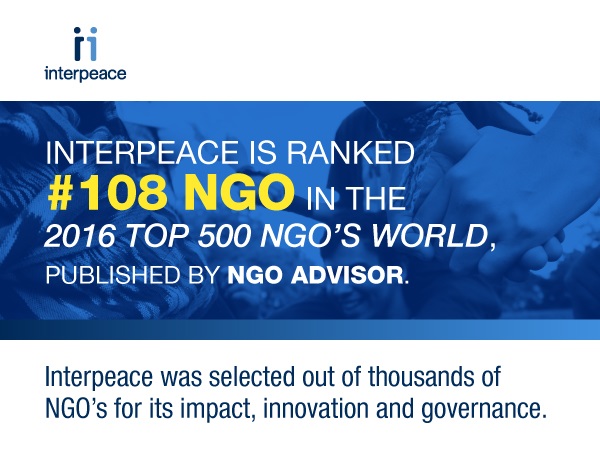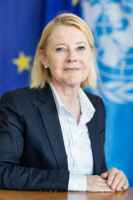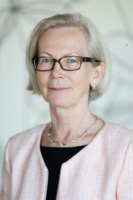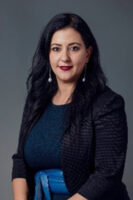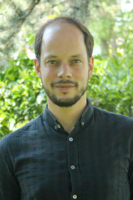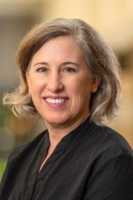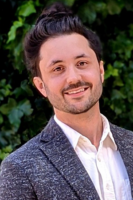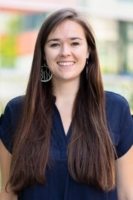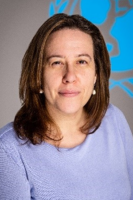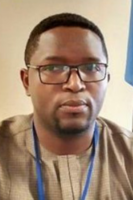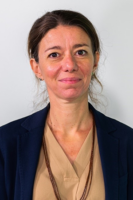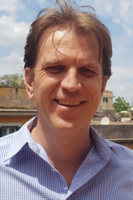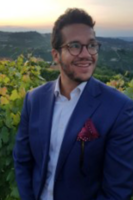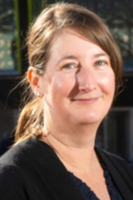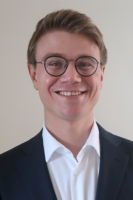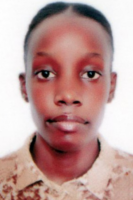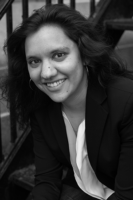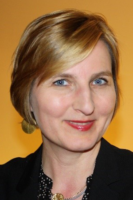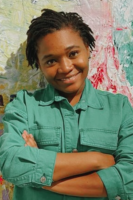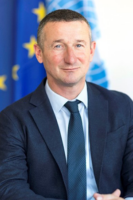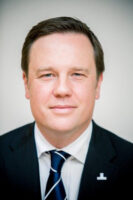Marginalization and exclusion are challenges in most societies around the world. These issues are pressing factors in fragile contexts, but also in developed nations. Exclusion and marginalization can particularly have a devastating impact on the youth of a society, who suffer from a lack of inclusivity, participation and opportunities of development in their context. In the discussion “Inclusive societies – a universal challenge, from Nairobi to Tensta”, organized by UNDP Sweden and the Dag Hammarskjöld Foundation at Almedalen, Sweden’s yearly political gathering, these challenges were discussed by three panelists, paying particular attention to the growing threat of marginalization in countries in Africa and how this issue is also affecting countries like Sweden.

Speakers at the event in Sweden: Mohamed Yahya, Development and Conflict Prevention Specialist of UNDP, based in Addis Ababa, Ethiopia; Lisa Sjöblom, Secretary General of Forum Syd; and Tomas Amanuel, Local Facilitator for Interpeace in Sweden. Photo credit: The Dag Hammarskjöld Foundation
In the 2030 Agenda for Sustainable Development, the principle of inclusivity is deliberately incorporated in several goals, including goal 16 for peaceful and inclusive societies. Sigrid Gruener, Programme Manager at the Dag Hammarskjöld Foundation, was moderator of the event and expressed that “peace is critical to development, and development is critical to peace.” She described that there is a growing and vital focus on inclusivity in global development policies, and indicated how this is particularly connected with the concept of local ownership.
A panelist at the event, Tomas Amanuel, Local Facilitator for Interpeace in Sweden, works closely with marginalized youth in Tensta, one of the suburbs in the country. Tomas grew up in Tensta, a neighborhood that is home to a large immigrant population, and has dedicated his life to help young people in need. His work with Interpeace began in 2014, in a participatory research project to analyze the main issues facing the area, following a series of social unrests and protests in 2012 and 2013. Exclusion and marginalization were two of the main factors highlighted by the people interviewed, especially with regards to youth and how they are affected by a lack of participation in their community’s development and employment opportunities. Media has portrayed a negative image of this suburb, which has resulted in low economic investments and general negative perception of the area. Tomas Amanuel declared that: “people are not sufficiently involved in the solutions. They are affected by the problems but they are not part of the solutions and I think that it is a big mistake when we are working on issues of exclusion and marginalization.” Local ownership must be at the forefront of the strategies concerning inclusivity. Engaging communities and working from their perspectives is the only way to transform conflicts and ensure social cohesion and inclusion.

Tomas Amanuel, Local Facilitator for Interpeace in Sweden and Alice Bah, Swedish Minister of Culture and Democracy. Photo credit: Interpeace
“The issue of mismanagement of diversity is the foundation of problems. How do we manage diversity of age, diversity of gender, diversity of minority groups and larger groups?” questioned Mohamed Yahya, Development and Conflict Prevention Specialist of UNDP, based in Addis Ababa, Ethiopia. He mentioned that Africa has the largest levels of inequality and that many of the young people in the continent are politically and socially marginalized. This issue makes youth vulnerable and in many cases can prompt them to join terrorist groups. He believes that “the issue of mismanagement of diversity is a critical road block to achieving sustainable goals.” Therefore, policy makers and peacebuilders must work with the local actors to promote and celebrate cultural, political and economic diversity within their communities as a strategic method to build and promote inclusivity.
Lisa Sjöblom, Secretary General of Forum Syd, an organization that supports marginalized people around the world, believes that we can only reach the goals addressed in the 2030 Agenda for Sustainable Development if we work on strengthening pluralistic and independent societies. She believes there must be an effort to encourage civilians to have a voice, not only to hold decision makers accountable, but to tell their own stories and to be included in the solutions of the situations they are in. “A strong civil society when it works, that it contributes to what is called as a social capital, builds trust between groups and people, and it also provides networks between people. We think this helps avoid polarization and increases tolerance and the level of dialogue in a society.”

Mohamed Yahya, Development and Conflict Prevention Specialist of UNDP, based in Ethiopia and Lisa Sjöblom, Secretary General of Forum Syd. Photo credit: The Dag Hammarskjöld Foundation
She went on to encourage each person, to ask him/herself if they are in fact inclusive in their personal lives, if they make their own voices heard and if they hear the voices of the people in their communities. Only with the contribution of every individual can society truly become more inclusive and provide equal opportunities for all. Moreover, reinforcing engagement amongst diverse groups, supporting youth and providing secure spaces of dialogue will pave the way in building inclusive societies.
For further information:
Watch the first 20 minutes of the discussion here.

Tomas Amanuel, Local Facilitator for Interpeace in Sweden. Photo credit: Interpeace
From June 13 - 15 the National Democratic Institute – NDI – based in Colombia, organized a forum for dialogue and learning about the pedagogy and education of peacebuilding. This forum took place simultaneously with the historic moment Colombia is currently living, as a result of the negotiations developed between the National Government and the Revolutionary Armed Forces of Colombia – FARC.
From the lessons learned of several peace processes, especially the post-conflict experience in Guatemala, Ana Glenda Tager Rosado, Director of the Interpeace Regional Office in Latin America, was invited by NDI to participate in two activities with representatives of the Unit for Compensation to the Victims of the Armed Conflict and afterwards with several representatives of Political Parties.
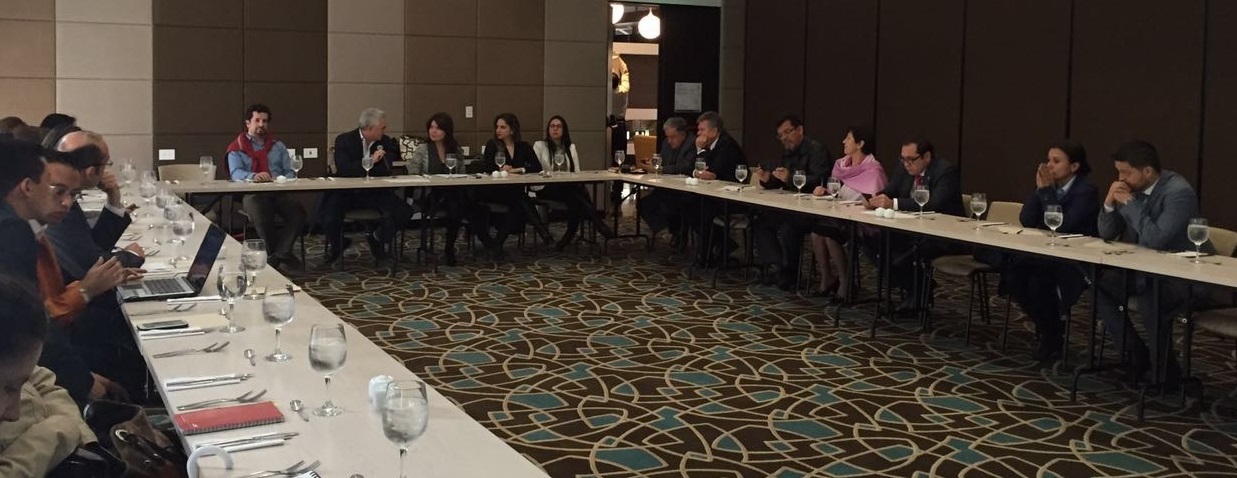
NDI activity in Colombia. Photo credit: Interpeace
In both activities, the Guatemalan post-conflict experience provided invaluable lessons to the Colombian peace process, outlining the obstacles that challenged the implementation of the 1996 Peace Agreements in Guatemala.
The Guatemalan experience demonstrates that the pedagogy for peace cannot only focus on the practice of teaching peace and informing people of the Peace Agreements, it must fundamentally transform the violent dynamics that are rooted in the social interactions of everyday life, which exist beyond the confines of the armed conflict. This approach needs an active involvement, ownership and overall participation of the different sectors of society, to ensure that peace becomes a part of their attitude and life.

Ana Glenda Tager, Regional Office Director for Latin America. Photo credit: Andrea Fernández.
Therefore, pedagogy for peace must be understood as a permanent process, not an exceptional one. Pedagogy for peace must be implemented during the negotiation process, by bringing the negotiation table close to the citizens, in order for them to own the agreements. Moreover, during the implementation of the agreements, peace pedagogy must provide a comprehensive understanding and a constant social verification of these agreements, to ensure the implementation process; and during the peace consolidation process, peace pedagogy must provide justice and reconciliation.
Finally, an important lesson learned in Guatemala is the need to ensure through all means that peace will not be used for political competition, guaranteeing that the process will not lose its non-violent and conciliatory essence.
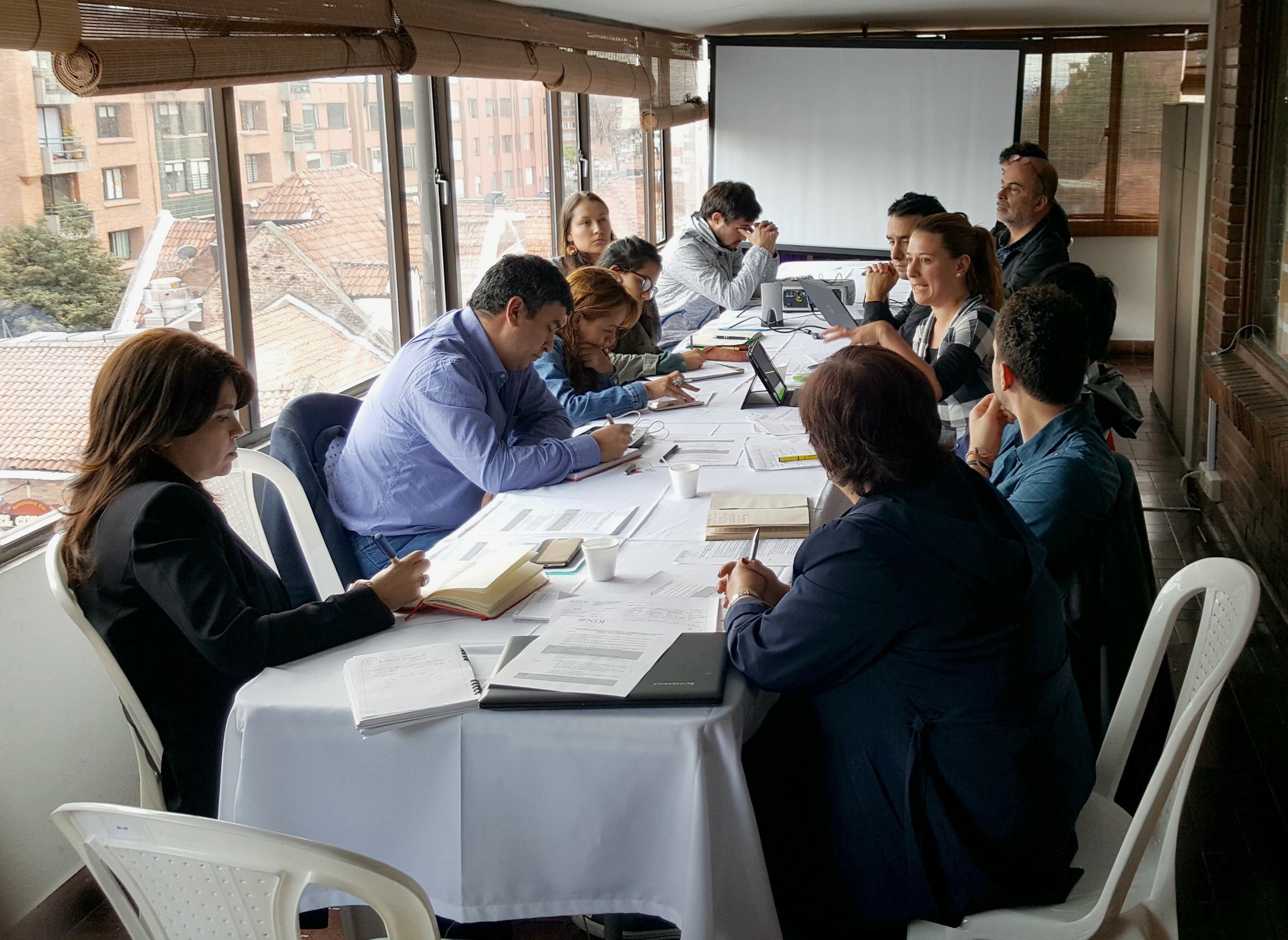
NDI meeting in Colombia. Photo credit: Interpeace
A key factor in building sustainable peace is local ownership. This is often inadequately attended to - or even undermined - by international actors in the process of humanitarian action, development assistance, disaster recovery, and peacebuilding efforts. This is compounded by the fact that frequently external actors focus only on the fault-lines of conflict in a country, and fail to notice, invest in, or prioritize the sources of resilience of the people in the most difficult circumstances. Therefore, working closely with local actors to truly understand the conflict perspective and context-specific characteristics of a given region, as well as the people’s strengths, assets and strategies in the face of violence, will help identify and strengthen the capacities for resilience, which are crucial in the development of peace and the transformation of conflict.
This understanding has underpinned Interpeace’s Frameworks for Assessing Resilience (FAR) Programme, which was undertaken with the support of the Swedish Development Cooperation Agency (Sida) and was piloted in three very different country contexts: Liberia, Guatemala and Timor-Leste. Through a comprehensive engagement with the local people and their authorities in these three contexts, including qualitative consultations, quantitative surveys, and multi-sectoral dialogue processes, a guidance note was developed on resilience for peace, to help practitioners and policy makers integrate a resilience approach into their work. The guidance note includes guidance on the conceptual and strategic tenets of resilience for peace, on how to conduct a resilience assessment, as well as reflections on the policy implications and entry points offered by the FAR Programme.
On June 9, 2016 this Guidance Note for Assessing Resilience for Peace was launched in Stockholm, Sweden. The most important findings were highlighted in this event, drawing attention to the added value of using a resilience approach to peacebuilding. Interpeace representatives emphasized the embedded or ‘endogenous’ nature of these capacities for peace that exist at different levels in communities and societies, and noted how these have a powerful convening effect in the development of locally-owned, driven and led peacebuilding practices. Speaking at the Stockholm launch, Patrick Vinck, Director of the Program of Peace and Human Rights Data at the Harvard Humanitarian Initiative (HHI) – one of Interpeace’s partners on FAR – said: “Engaging communities must be more than a tag line for peacebuilding. FAR offers a way to systematically consult and create a dialogue with communities to leverage their own strength and resources to build a lasting peace.” A resilience approach therefore offers a crucial tool to analyze and design policies and programming, which will be tailored to the specific needs of the local people. Vinck also added that the international community is spending millions on peacebuilding programs, “but not on the information and FAR-like methods that would give us the data needed to design the right interventions.” The importance of building upon and supporting these endogenous capacities and attributes in conflict affected and fragile societies, demands that international actors steer a more modest course, searching for and supporting initiatives and plans of action that are developed within societies and led by local actors, rather than imposed from the outside by external actors.
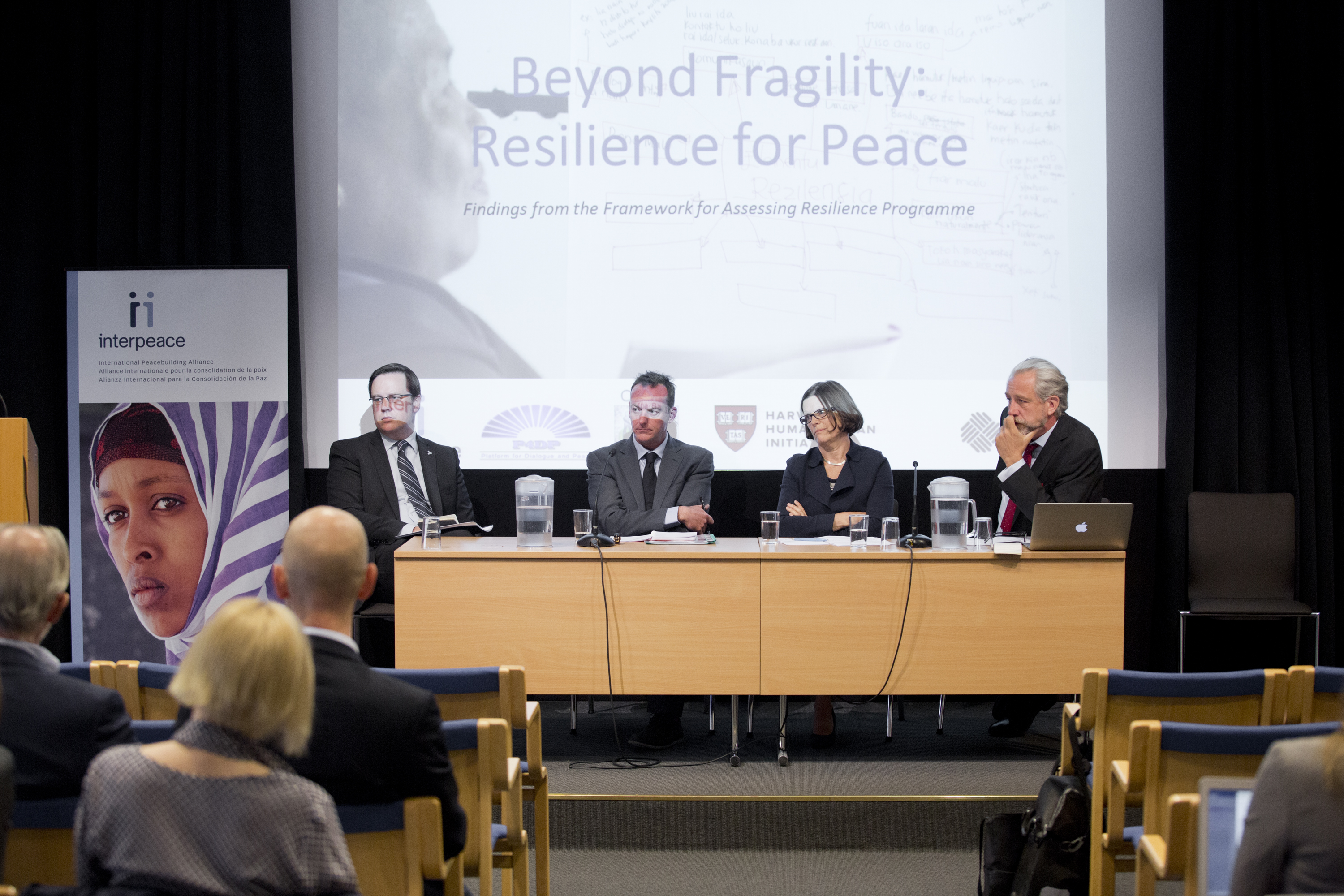
Launch of Guidance Note on Assessing Resilience for Peace: Scott M. Weber, Director-General of Interpeace; Hugh Macleman, Senior Risk and Resilience Advisor, OECD; Ewa Werner Dahlin, Director of Asia, Middle East and Hummanitarian Assistance, Sida; Henrik Hammargren, Executive Director, Dag Hammarskjöld Foundation. Photo Credit: Oskar Kullander
But a resilience approach does not only enhance peacebuilding practice. It can also help break the siloes that exist between humanitarian action, development and peacebuilding. This was noted by Hugh MacLeman, Policy Advisor, Conflict, Fragility & Resilience of the Organization for Economic Co-operation and Development – OECD who was another panelist. MacLeman stressed that: “People don’t live their lives in sectors. FAR helps to see the multidimensional aspects of resilience and to look for entry points for intervention at all levels”. He added that: “This positive and forward-looking resilience agenda helps highlight where different actors from the humanitarian aid, development and peacebuilding sectors have a comparative advantage and how they can work in the same space at the same time.”
The methods and approach proposed by the FAR Programme can therefore make peacebuilding more effective and sustainable by drawing on the attributes and assets of conflict-affected societies and communities themselves. Because the Programme relied on systematic consultations, dialogue and comprehensive engagement with the communities and decision-makers in the three pilot countries, FAR fostered local ownership and leadership. A resilience approach can also enhance the conflict-sensitivity of humanitarian and development strategies. This added value was praised by Ewa Werner Dahlin, Director of Asia, Middle East and Humanitarian Assistance at SIDA, who recognized that Sida needed to integrate a conflict perspective in all its activities.
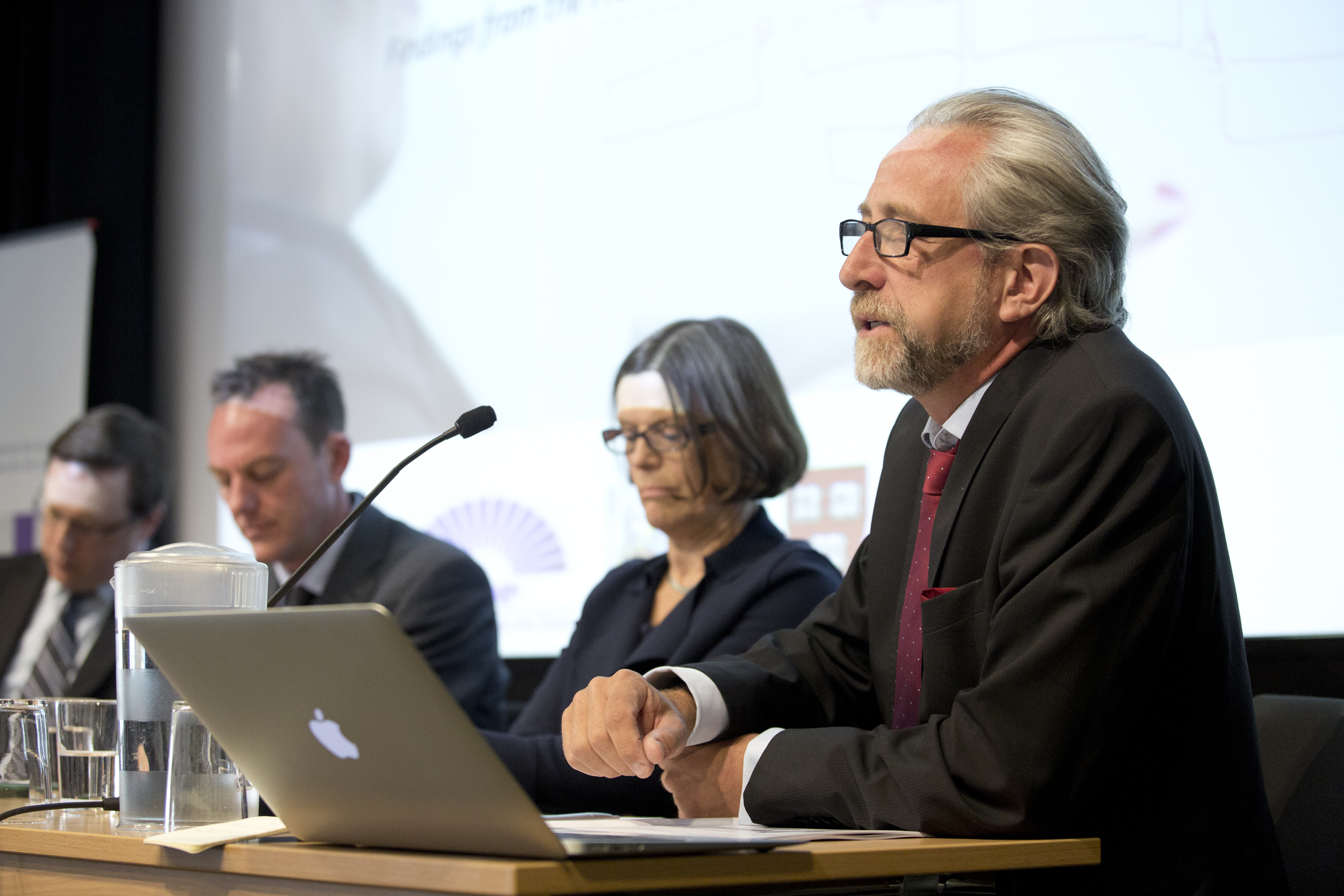
Launch of Guidance Note on Assessing Resilience for Peace in Stockholm. Photo credit: Oskar Kullander
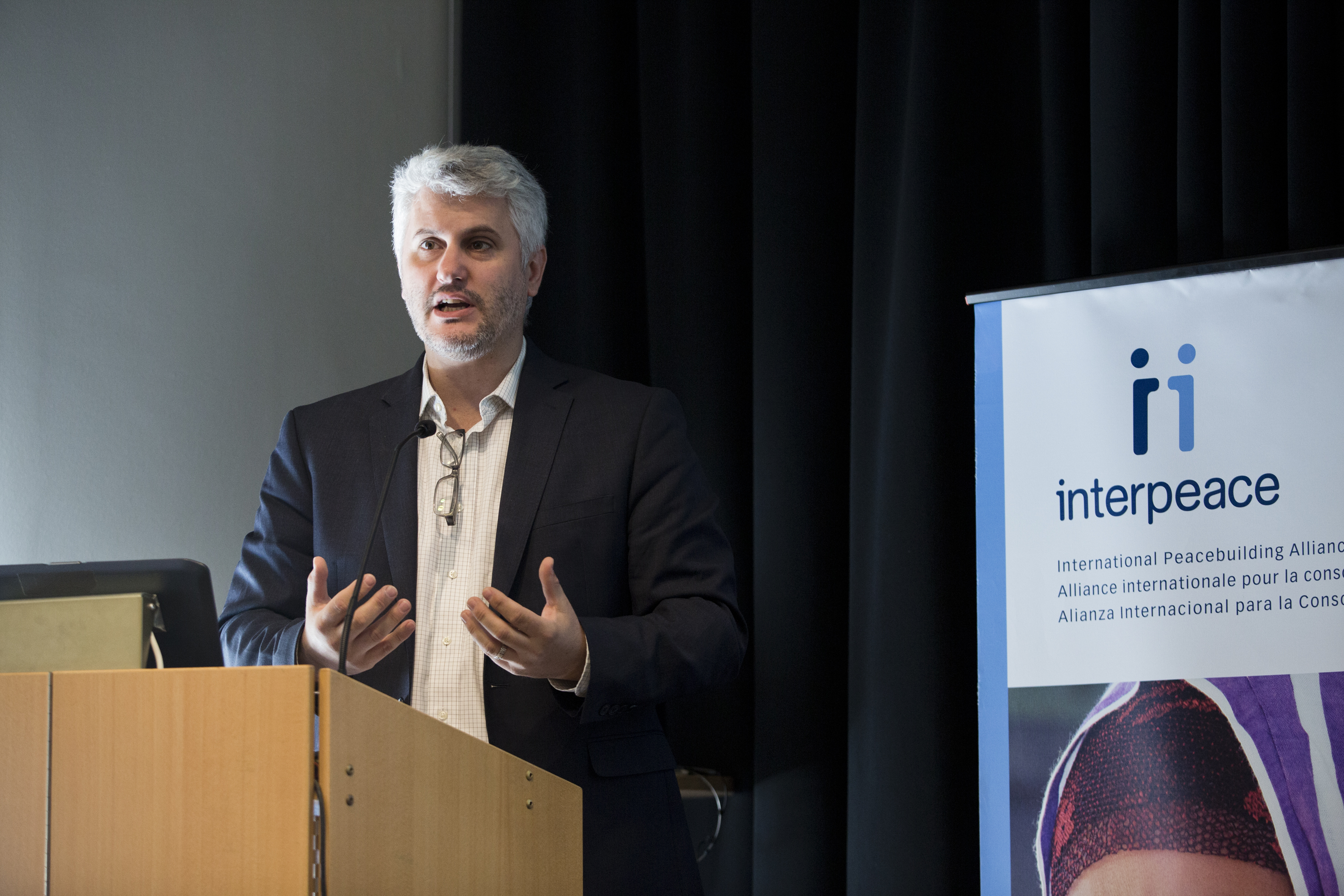
Patrick Vinck, Director, Program of Peace and Human Rights Data, Harvard Humanitarian Initiative. Photo credit: Oskar Kullander
For a better understanding of the resilience approach:
Read Guidance Note for Assessing Resilience for Peace.
Read a short brief that captures what the FAR experience has taught us about the specificities of resilience in relation to conflict and the added value of using a resilience approach to peacebuilding.
Read a briefing note on the relevance of Resilience for Peace to the pursuit of the Agenda 2030 Sustainable Development Goals.
Read more about the specific case studies:
Liberia
Read the Liberia Report.
Timor-Leste
Read the Timor-Leste Report.
Read Survey Report for Timor-Leste.
Guatemala
Read the Guatemala Report.
Read Survey Report for Guatemala.
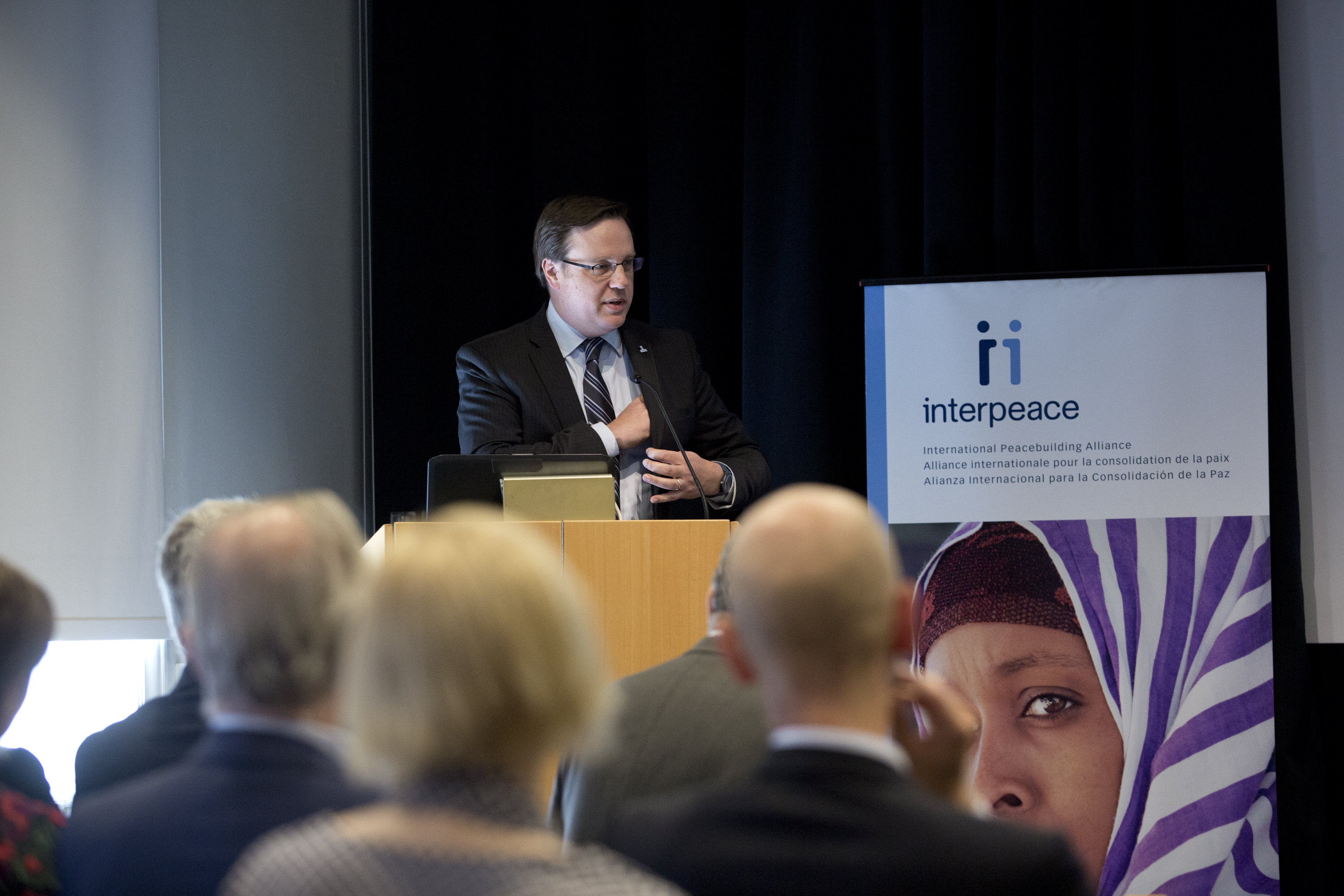
Scott M. Weber, Director-General of Interpeace. Photo credit: Oskar Kullander
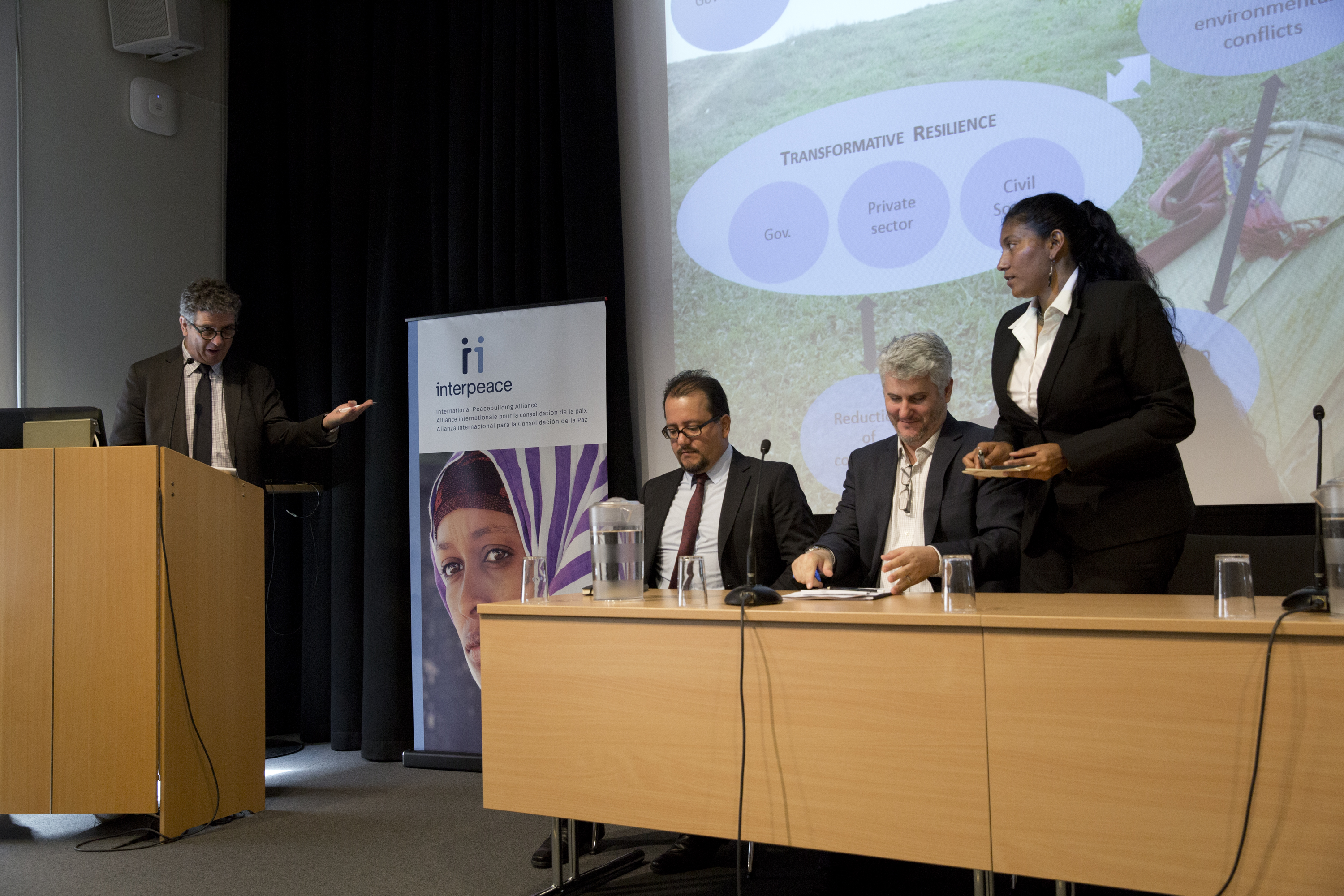
Graeme Simpson, Senior Advisor to the Frameworks for Assessing Resilience Programme and Director of Interpeace, USA; Otto Argueta, Learning and Policy Officer, Interpeace Office for Latin America; Patrick Vinck, Director, Program of Peace and Human Rights Data, Harvard Humanitarian Initiative; Anupah Makoond, Programme Officer, Interpeace. Photo credit: Oskar Kullander
Understanding the structural causes of violence and learning how violence mutates is a key factor to preventing and mitigating violent extremism. As defined by USAID, violent extremism involves: “advocating, engaging in, preparing, or otherwise supporting ideologically motivated or justified violence to further social, economic or political objectives.” These acts threaten the life of millions of people and have caused countless damage and suffering in the most fragile contexts around the world, as well as in developed nations.
According to the UN Secretary-General’s Plan of Action on Preventing Violent Extremism (PVE), societies with lower gender equality indicators are more vulnerable to violent extremism. Therefore, women’s empowerment must be included as one of the strategies to mitigate and prevent these acts of extreme violence. In the discussion “The Power of Gender in Preventing Violent Extremism,” which was organized by the Geneva Centre for Security Policy and the Australian Permanent Mission to the United Nations in Geneva, panelists argued that women are vital agents of change who have the power to influence vulnerable groups in their communities. Australia's Ambassador for Women and Girls, Natasha Stott Despoja, indicated, “women influence and shape the coping skills of young people and in doing so they actually shape the community’s resilience to violent extremism.”

Speakers at the discussion: “The Power of Gender in Preventing Violent Extremism:” Maud Roure, Head of Learning and Policy of Interpeace; Ambassador Suraya Dalil, Permanent Representative of the Government of the Islamimc Republic of Afghanistan to the UN; Ambassador Christian Dussey; Ambassador Natasha Stott, Australia's Ambassador for Women and Girls; and Dr. Khalid Koser, Executive Director, Global Community Engagement and Resilience Fund. Photo credit: GSCP
Maud Roure, Head of Learning and Policy of Interpeace, provided her insights based on the organizations experience in over 20 fragile contexts and therefore focused on operational considerations on how this strategy should be put into practice: “this approach needs to be highly context-specific, the role that women can play in preventing violent extremism will vary depending on a number of factors, such as the level of acceptance of violence in their society, societal norms, women’s status in their society, their literacy rates, etc. Our approach needs to adapt to these realities. From our work we see that for instance in Ivory Coast and in Mali, women play a crucial role in the education of the children and they are recognized as such by the wider community. Whereas in Libya, especially since the revolution, the society has become more conservative, and women’s opinions are often despised by men, so their role in influencing the young generation is different, therefore our approach needs to be different.”
In this regard, Ms. Roure expressed how in nations like Mali and Ivory Coast, the PVE strategy would need to focus on strengthening the ability of mothers promoting counter narratives to violence, while in places like Libya, the focus must be set on changing the perceptions that men have towards women, which would then transform societal norms in the country. She also expressed how external actors must understand – as a starting point for their intervention - the capacities and strategies that are already practiced by women in the face of violent extremism. Otherwise international PVE initiatives risk undermining those existing efforts.

Maud Roure, Head of Learning and Policy of Interpeace. Photo credit: Interpeace
During the 2016 edition of the European Development Days, which took place in Brussels, Interpeace, World Vision Brussels and Search for Common Ground, organized a discussion entitled “Promoting Young People as Peacebuilders”. It was argued that education and direct access to youth are also pertinent in the prevention of violent extremism. Radical ideologies in different parts of the world have the power to manipulate vulnerable youth “by appealing to their desire for dignity.” Research has shown that extremist groups are growing in number, because they have the capacity to capture the minds and hearts of young people who have suffered from marginalization and disengagement and are therefore exposed to becoming part of radicalization. Understanding the causes of radicalization requires an in-depth analysis of the political, social and religious dynamics of diverse countries, and more so, true engagement with the youth of a specific context.
In Ivory Coast, Interpeace and its partner organization Indigo Côte d’Ivoire are working with youth and actively recognizing their voices as a crucial part of PVE. Séverin Yao Kouamé, Coordinator of Indigo Côte d’Ivoire, was one of the panelists at the EDD16 event. He described how young people need recognition from society, and a space to express what they feel in order to build trust in a sustainable way. He added, “The first job we did in this community was with the young people. Actually, it was about getting them involved in a process of reflection which allowed them to draw a map of the violence among young people […]. (This) allowed us to know who the right agents of transformation were, based on the understanding that young people had of their own dynamics.” Engaging youth and building strategies from their perspective and initiative will be more effective in the process of mitigating violent extremism.

Speakers at the discussion: "Promoting Young People as Peacebuilders:" Séverin Yao Kouamé, Director of Interpeace’s partner organization Indigo Côte d'Ivoire; Sonya Reines-Djivanides; Theresa, Young Peacebuilder World Vision in Lebanon. Photo credit: Interpeace
Both women and youth can be vulnerable in fragile contexts, but they can also be powerful agents of change who make the difference in the most difficult circumstances. Peacebuilders and policy makers must therefore work closely with these local actors and truly understand the local context and specific societal dynamics, in order to create more sustainable approaches for the prevention of violent extremism in a comprehensive way.
For further information:
Watch the discussion on the power of gender in preventing violent extremism in the Geneva Centre for Security Policy.
Read synopsis on the debate about how youth can help prevent violent extremism in the European Development Days.
Veuillez trouver ci-dessous la version française
L’Institut Malien de Recherche Action pour la Paix (IMRAP) is organizing, in partnership with Interpeace, the official presentation of the findings of its large-scale participatory action research process on the solutions for Peace in Mali, on Thursday the 30th of June 2016, at the Hotel Salam (fleuve district), at 10 am.
The event will take place with high-level representatives from the government, the Malian elite, as well as representatives of the main chancellery, organizations and national and international agencies. This will be an opportunity to present the two reports and movies on the solutions to the challenges of the “mutation of societal values” and “chronic insecurity”, elaborated by Malians. Those two obstacles to peace had been identified as Priorities to Peace by Malians during a first research process, which had led to the publication of a movie and a report entitled Mali’s Self-Portrait on obstacles to peace, in March 2015.
Since the publication of the Self-Portrait, IMRAP, guided by two Malian Steering Committees, has been travelling to every Malian region, as well as neighboring refugee camps in Mauritania and Niger. Through open and secure spaces of dialogue, more than 2000 Malians from every walk of life have deepened the diagnosis and elaborated solutions to the “mutation of societal values” and “chronic insecurity”, with a particular focus on the crisis of trust between the civilian population and the Security and Defense Forces (SDF). This official presentation will be the first opportunity to share the findings of this research with all stakeholders concerned with sustainable peace in Mali.
This participatory action research led by IMRAP with the support of Interpeace is based on the conviction that solutions to obstacles faced by Malians need to be elaborated and owned by them, in order to establish sustainable and efficient remedies. It is based on a four step process: (i) consultations at a circle-level through the organization of more than 70 dialogue sessions and around 40 individual interviews, (ii) regional restitution aimed at validating and deepening the preliminary analysis of Malians emerging from the initial consultations, (iii) the National Conference organized in May 2016 which gathered representatives from all levels of society, from every Malian region and refugee camp, with the aim of presenting, deepening and validating the solutions of Malians, (iv) the stage of implementation of the solutions, which will start after the official presentation. Furthermore, this presentation constitutes one of the steps taken as part of the wider campaign of dissemination of the findings at the level of regions and refugee camps.
For interview requests, please send an email to M. Zoumana Fané : zoumana@imrap-mali.org or Floriane Prévert : prevert@interpeace.org
Interview opportunities:
M. Oumar Sako, President of the Administrative Board of IMRAP.
Mme. Traoré Nènè Konaté, Executive Director of IMRAP.
M. Scott Weber, Directeur General of Interpeace.
Mme Anne Moltès, Acting Regional Director for West Africa of Interpeace
Media Contacts:
IMRAP:
M. Zoumana FANE, Programme Officer
Tel : +223 72 56 15 91
Email : zoumana@imrap-mali.org
Institut Malien de Recherche Action pour la Paix (IMRAP),
Badalabougou-Est, Av. de l’OUA, rue 27, porte 357, Bamako, Mali.
Tel : +223 20 22 18 48
Email : info@imrap-mali.org
Page Facebook : http://bit.ly/1Uj38o1
Site internet: www.imrap-mali.org/
Interpeace :
Mme Floriane PREVERT, Programme Officer
Tel : +223 90 33 98 73
Email : prevert@interpeace.org
Bureau Régional d’Interpeace pour l’Afrique de l’Ouest
06 BP 2100, Deux Plateaux, Cocody, Abidjan, Côte d’Ivoire.
Tel : +225 22 42 33 41
Email : wao@interpeace.org
Page Facebook : http://bit.ly/1TnHKga
Site internet: www.interpeace.org
Tweeter: @InterpeaceTweet
IMRAP, the Malian Institute of Action Research for Peace, is a Malian association created under Malian law, license No. 0590/G-DB on 21 May 2014 by Malians committed to reflecting on peacebuilding. The Institute is comprised of two governing bodies: the Board of Governors and the Executive Management. The latter is responsible for the implementation of the programme entitled “Agenda pour la paix, la reconciliation et la cohesion sociale au Mali” accross the whole country.
Interpeace is an independent international peacebuilding organization. Interpeace was initially established in 1994 by the United Nations to develop innovative solutions to build peace. Interpeace has a proven and recognized approach to enable societies to build lasting peace. Interpeace continues to be a strategic partner of the United Nations. Present in the West Africa region since 2007, Interpeace has a Regional Office in Abidjan to strengthen local peacebuilding processes, notably in Côte d’Ivoire, and Mali.
The first participatory action research process which led to the publication in March 2015 of the movie and the report entitled Mali’s Self-portrait on obstacles to Peace received the financial support of the European Union and the Kingdom of Denmark, with a contribution from the kingdom of Norway.
The programme Agenda pour la Paix, la réconciliation et la cohésion sociale, is implemented by IMRAP in partnership with Interpeace, with financial support from the European Union and the Kingdom of Denmark.
Présentation officielle des résultats de la recherche-action participative : Diagnostics et solutions pour une paix durable au Mali.
L’Institut Malien de Recherche Action pour la Paix (IMRAP) organise, en partenariat avec Interpeace, la présentation officielle des résultats de son vaste processus de recherche-action participative mené autour des solutions pour la paix au Mali, le jeudi 30 juin 2016 à l’hôtel Salam (quartier du fleuve), à partir de 10 heures.
La cérémonie se tiendra en présence de hauts représentants du gouvernement, de l’élite malienne ainsi que des représentants des principales chancelleries, organisations et agences nationales et internationales. Elle sera l’occasion de présenter les deux rapports et films sur les solutions élaborées par les Maliens répondant aux défis de la « Mutation des valeurs sociétales » et de l’ « Insécurité chronique ». Ces deux défis avaient été identifiés comme Priorité à la Paix par les Maliens lors d’un premier processus de recherche qui avait conduit à la publication en mars 2015 du film et du rapport intitulés Autoportrait du Mali sur les obstacles à la Paix.
Depuis la publication de l’Autoportrait, l’IMRAP, guidé par deux Comités de pilotage maliens, a sillonné l’ensemble des régions maliennes ainsi que les camps de réfugiés en Mauritanie et au Niger. Au sein d’espaces de dialogue ouverts et sécurisés, près de 2.000 Maliens de la base aux élites ont approfondi le diagnostic et élaboré des solutions pour faire face à la « Mutation des valeurs sociétales » et « l’Insécurité chronique », notamment la crise de confiance entre les Forces de défense et de sécurité (FDS) et les populations civiles. La présentation officielle sera la première occasion de partager les résultats de cette recherche avec toutes les parties prenantes à une paix durable au Mali.
La recherche-action participative menée par IMRAP avec le soutien d’Interpeace repose sur la conviction que les solutions aux défis auxquels les Maliens sont confrontés doivent être élaborées et appropriées par eux-mêmes, afin d’apporter des remèdes efficaces et durables. Elle se base sur une démarche en 4 étapes : (i) les consultations au niveau des cercles par le biais de plus de 70 séances de dialogue et une quarantaine d’entretiens individuels, (ii) les restitutions régionales visant à valider et approfondir l’analyse préliminaire des Maliens émergeant des consultations initiales, (iii) la Conférence Nationale organisée en mai 2016 qui a rassemblé des représentants de toutes les couches de la société des régions maliennes et des camps de réfugiés, dont le but était de présenter, d’approfondir et de valider les solutions des Maliens (iv) la phase de mise en œuvre de ces solutions, qui débutera à la suite de la présentation officielle. Par ailleurs, cette présentation constitue une étape d’une campagne plus large de dissémination des résultats de la recherche au niveau des régions et des camps de réfugiés.
Pour toute demande d’interview, merci d’envoyer un courriel à M. Zoumana Fané : zoumana@imrap-mali.org ou Floriane Prévert : prevert@interpeace.org
Possibilite d'interview
Oumar Sako, Président du Conseil d’Administration de l’IMRAP.
Mme. Traoré Nènè Konaté, Directrice Exécutive de l’IMRAP.
Scott Weber, Directeur Général d’Interpeace.
Mme Anne Moltès, Directrice d’Interpeace pour l’Afrique de l’Ouest.
Contact Media
IMRAP
Zoumana Fane, Chargé de programme
Tel : +223 72 56 15 91
Email : zoumana@imrap-mali.org
Institut Malien de Recherche Action pour la Paix (IMRAP),
Badalabougou-Est, Av. de l’OUA, rue 27, porte 357, Bamako, Mali.
Tel : +223 20 22 18 48
Email : info@imrap-mali.org
Page Facebook : http://bit.ly/1Uj38o1
Site internet: www.imrap-mali.org/
Interpeace
Mme Floriane Prevert, Chargée de programme
Tel : +223 90 33 98 73
Email : prevert@interpeace.org
Bureau Régional d’Interpeace pour l’Afrique de l’Ouest
06 BP 2100, Deux Plateaux, Cocody, Abidjan, Côte d’Ivoire.
Tel : +225 22 42 33 41
Email : wao@interpeace.org
Page Facebook : http://bit.ly/1TnHKga
Site internet: www.interpeace.org
Tweeter: @InterpeaceTweet
IMRAP est une association malienne créée sous le récépissé N°0590/G-DB du 21 mai 2014 par des Maliens engagés dans la réflexion pour la consolidation de la paix. L’Institut comprend deux organes dirigeants : le Conseil d’Administration et la Direction Exécutive chargée de la mise en œuvre du programme intitulé « Agenda pour la paix, la réconciliation et la cohésion sociale au Mali » sur toute l’étendue du territoire.
Interpeace est une organisation internationale indépendante au service de la consolidation de la paix. Elle est reconnue mondialement pour son approche éprouvée visant à aider les sociétés à construire une paix durable. Interpeace a été créée par les Nations Unies en 1994 en vue de développer des voies innovantes de résolution de conflits et reste encore aujourd'hui un partenaire stratégique de l'ONU. Présente dans la région depuis 2007, Interpeace dispose d’un bureau régional pour l'Afrique de l'Ouest à Abidjan, afin de renforcer les processus locaux de consolidation de la paix, en Côte d’Ivoire et au Mali notamment.
Le processus de recherche-action participative mené autour des solutions pour la paix au Mali a bénéficié du soutien du Royaume du Danemark et de la contribution du Royaume de Norvège.
Le premier processus de recherche de recherche ayant conduit à la publication en mars 2015 du film et du rapport intitulés Autoportrait du Mali sur les obstacles à la Paix avait été soutenue par l’Union Européenne ainsi que le Royaume du Danemark, avec une contribution du Royaume de Norvège.
Interpeace has been named in the 2016 Top 500 NGOs World, published by NGO ADVISOR. With over 22 years of experience in peacebuilding, Interpeace was ranked number 108, selected amongst thousands of NGOs around the world, for its outstanding impact, innovation and governance.
Interpeace understands that peace cannot be imported or designed by external actors, it must be built from within a society. Therefore, our role is to support and strengthen the capacities of the local actors, to jointly develop peacebuilding programmes. Interpeace supports locally led peacebuilding initiatives in more than 21 countries in Central America, Africa, Europe, the Middle East and Asia. We were initially established in 1994 by the United Nations, and are currently a strategic partner of the UN. Interpeace is headquartered in Geneva, Switzerland and has offices in Abidjan, Côte d’Ivoire; Brussels, Belgium; Guatemala City, Guatemala; Nairobi, Kenya; New York, USA and Stockholm, Sweden. This is the third year Interpeace has been included in the World rankings of NGO ADVISOR.
NGO ADVISOR is a Geneva-based independent media organization that investigates, scores and ranks non-governmental organizations, focusing on the practices and ideas implemented by the organizations and determining how these models are challenging traditional approaches to NGOs. There is a Top 500 NGOs USA, a Top 500 NGOs Asia and a Top 500 NGOs World.
Interpeace is honored to be named in the World ranking, and will continue to develop innovative methods to enable people in the most difficult circumstances to build lasting peace.
To learn more about our work, subscribe to our monthly Newsletter.
